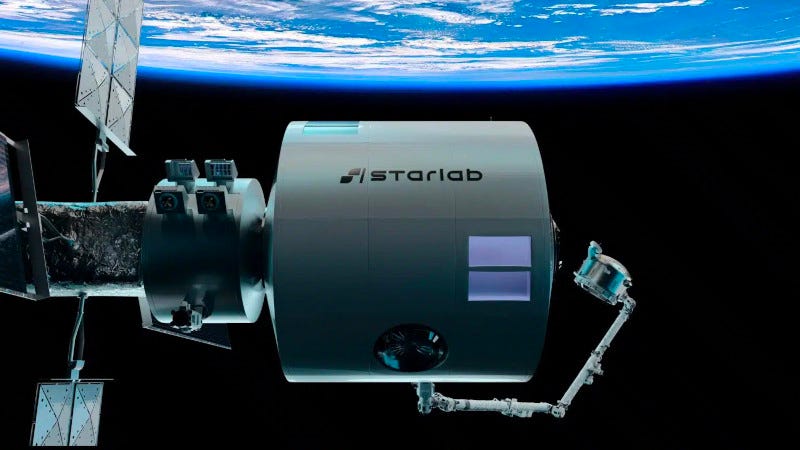Two Starlab Demo Missions Announced
Essential Technologies for Private Space Station to be Evaluated
As part of its Space Act Agreement with NASA, Voyager Space has announced demonstration missions for an alternative urine processor (AUP) and a free-space optical (FSO) link. These demonstrations are critical in validating capabilities needed for Starlab.
Reliable access to potable water is essential for human life no matter where you live. On a daily ba…




